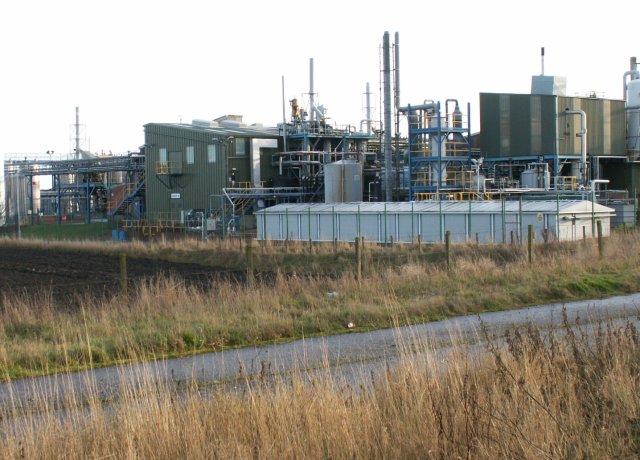
The leading UK manufacturing trade association has revised its growth forecast for the sector in 2023 and 2024, citing a significant decline in factory output and growing
economic uncertainties.
Make UK, the trade body, now anticipates a 0.5% contraction in output for 2023, downgrading its previous June projection of a 0.3% decline. Additionally, it predicts a modest 0.5% growth for 2024.
Verity Davidge, the Policy Director at Make UK, remarked, "Manufacturers are grappling with a pronounced deceleration in activity, fueled by the combination of rising interest rates, cost of living increases, and weakening international markets."
The subdued outlook for the manufacturing sector aligns with the broader economic landscape in the UK. Make UK foresees the economy growing by 0.5% this year and 0.4% in 2024, despite avoiding a recession thus far in 2023.
Official figures from last week revealed that the UK economy contracted by a more substantial-than-expected 0.5% in July due to public sector strikes and unseasonably rainy weather, which dampened production.
In the upcoming week, the Bank of England is poised to implement its 15th consecutive interest rate hike, and economists polled by Reuters project consumer price inflation data, set to be released on Wednesday, will indicate an increase to 7.1% in August from July's 6.8%.
Richard Austin, National Head of Manufacturing at BDO, which sponsors the survey, commented, "There is an argument to be made that the Bank of England's strategy of raising interest rates to combat inflation is yielding results. However, the extent of the slowdown in UK manufacturing, as reflected in this quarter's indicators, comes as a surprise."
Make UK's quarterly survey revealed that the manufacturing output balance represents the weakest performance since the final quarter of 2020, during the height of the COVID-19 pandemic. Manufacturers reported the most substantial reduction in hiring plans since the 2016 EU referendum and the lowest order growth since the fourth quarter of 2020. Photo by Jim Bain, Wikimedia commons.


































